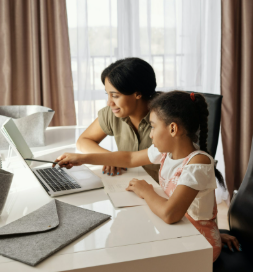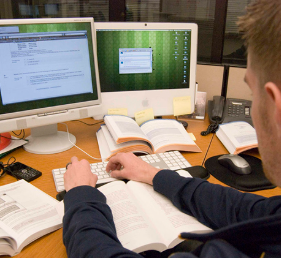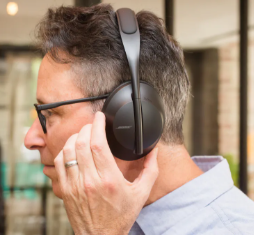Virtual reality (VR) is changing the way we learn by making virtual classrooms more interactive and immersive.
Instead of just watching or listening, students can step inside a 3D world where they explore, create, and experience lessons firsthand.
This exciting technology opens up new possibilities for engaging and effective learning online.
Here’s how virtual reality enhances virtual classrooms in friendly and practical ways.
1. Creates Immersive Learning Experiences
With VR, students can explore places and concepts as if they were really there. Imagine walking through ancient ruins, diving under the ocean, or examining the inside of a cell—all from home. This immersion helps students understand complex ideas more deeply.
2. Encourages Active Participation
VR turns learning into an interactive adventure. Instead of passively watching, students can move around, manipulate objects, and participate in simulations. This hands-on approach boosts engagement and retention.
3. Supports Different Learning Styles
Some students learn best by seeing, others by doing or hearing. VR combines visual, auditory, and kinesthetic learning, making lessons accessible and enjoyable for many types of learners.
4. Builds Collaboration Skills
Many VR platforms allow students to meet and work together in shared virtual spaces. This encourages teamwork and communication, even when students are miles apart.
5. Enhances Motivation and Focus
The novelty and fun of VR often increase students’ excitement for learning. When lessons feel like games or adventures, students are more likely to stay focused and participate actively.
6. Provides Safe Practice Spaces
VR offers a safe environment to practice skills, from science experiments to public speaking. Students can try, make mistakes, and learn without real-world risks.
7. Bridges Distance and Accessibility Gaps
VR can bring experiences to students who might not otherwise have access, whether due to location, physical ability, or resources. It creates equal opportunities to explore and learn.
Final Thoughts
Virtual reality is an exciting tool that can make virtual classrooms more engaging, inclusive, and effective. While it doesn’t replace great teaching, VR adds a dynamic dimension that supports learning in new and inspiring ways.
If you’re curious about integrating VR into your online classes, consider starting with simple apps or virtual tours that align with your lesson goals.





